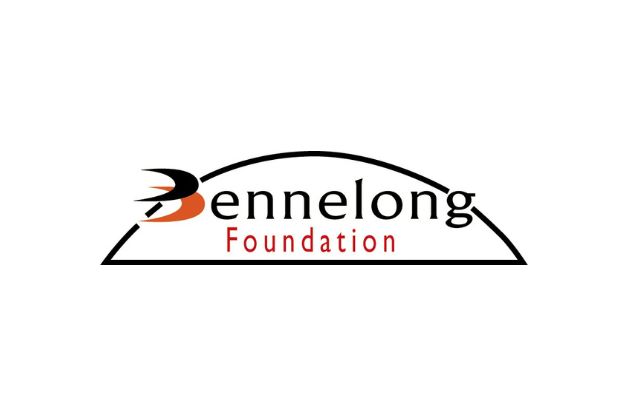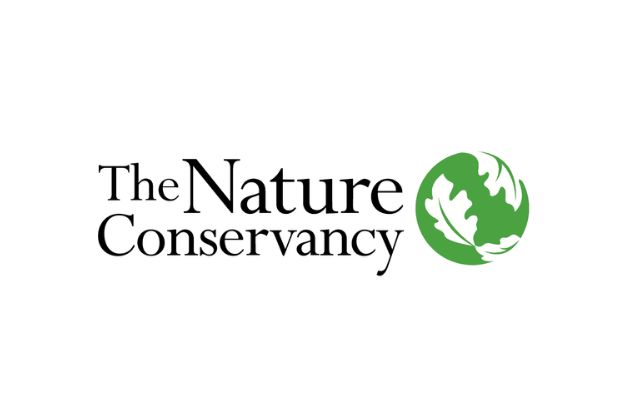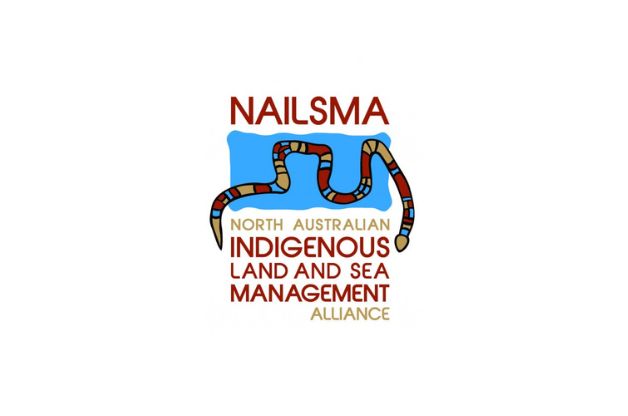- Professional learning
- Cool+
- ...
Teach Caring for Country Using Fire
- Primary
- Year 3 - 5
- Humanities and Social Sciences
- Geography
- History
- Aboriginal and Torres Strait Islander Histories and Cultures
- Environmental
- Land Management
- Sustainability
- Social
- Indigenous Education



Welcome back!
Don't have an account yet?
Log in with:
By signing up to Cool.org you consent and agree to Cool's privacy policy to
store, manage and process your personal information. To read more, please see
our privacy policy here(Opens in new tab).
Create your free Cool.org account.
Many of our resources are free, with an option to upgrade to Cool+ for premium content.
Already have an account?
Sign up with:
By signing up to Cool.org you consent and agree to Cool's privacy policy to
store, manage and process your personal information. To read more, please see
our privacy policy here(Opens in new tab).